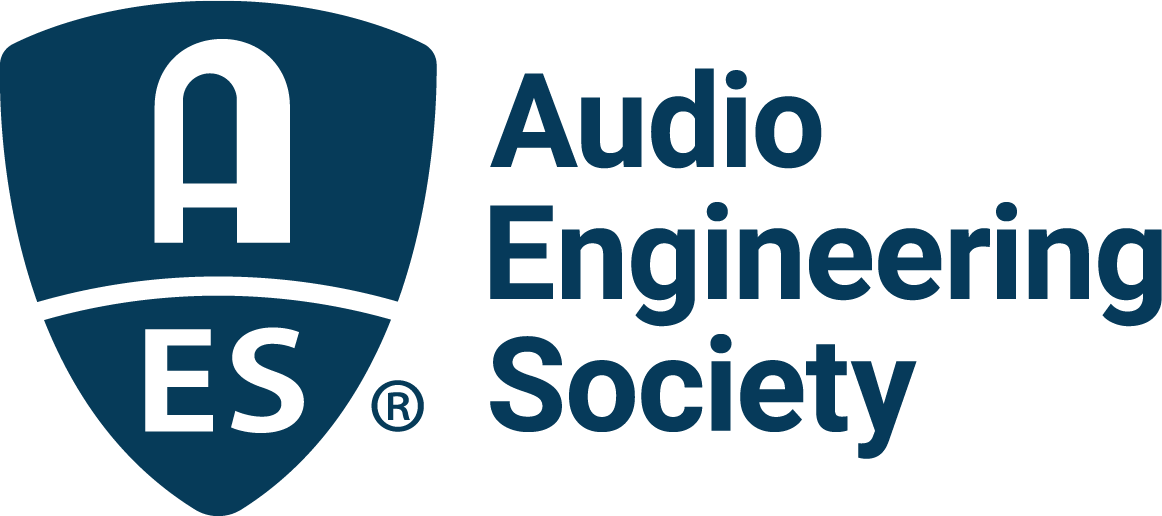In its commonly understood meaning, “high-resolution audio” is that group of digital formats whose sampling rates and bit depths exceed those of the CD (44.1 kHz and 16 bits). But these formats are only delivery modes. Much more important are a different set of questions: what is meant by a high resolution signal; what bandwidths, time resolution, and dynamic range are important to our critical perception; what is needed technically to achieve very high signal quality considering the influence of the entire processing chain on the outcome; and why should sample rates with bandwidths well beyond the known human auditory limit of about 20 kHz (for airborne transmission) matter?
Research and debate on these questions has gone on for the last 30 years, since the early days of digital audio. The debate played out very interactively with the continuing advance of technology, as digital systems became much more capable of high performance quality. Today, high resolution is a well-established part of both professional and high quality consumer audio, and the answers to the “why” of sound, its technical reproduction, and its relation to auditory perception are better understood.
The papers I’ve included here are from AES publications, conferences, and special JAES issues as well as outside resources on definitions and standards. They are meant to be widely exploratory on the above questions. As the briefest introduction to the topics covered in greater depth below, high res audio aspires to achieve the highest integrity in reproduced (audible) sound. Signals should retain, among other properties, clarity, depth, separation of closely spaced images, and the absence of additive or modulating noise or distortion, especially smearing of nearly time-coincident signals. The technical and processing aspects critical to this goal, together with relevant auditory science, effective capture and delivery, and listening tests are considered in these papers.
The first three papers present a wide overview, the next ten focus on design considerations inclusive of psychoacoustic principles, and the last two deal with perception and perceptual testing. Also note the high res special issue in JAES May 2019.

